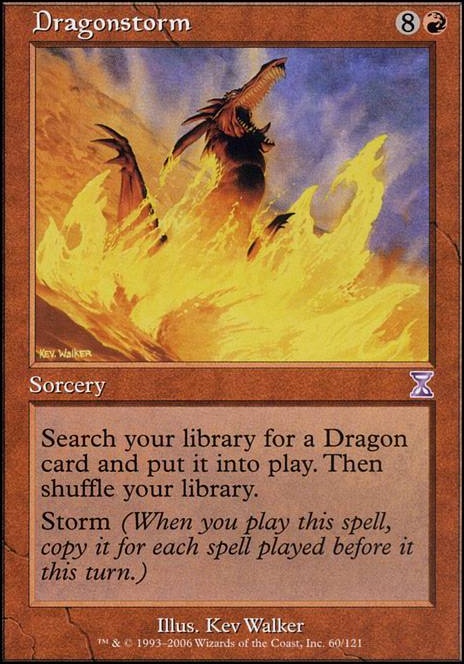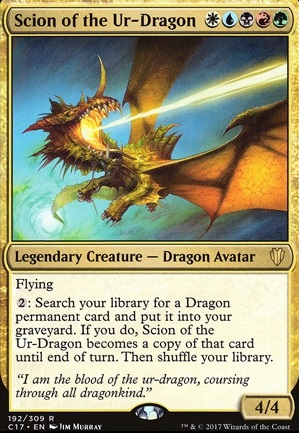Land (29)
-
1x
Ancient Tomb

-
1x
Arid Mesa

-
1x
Blood Crypt

-
1x
Bloodstained Mire

-
1x
Breeding Pool

-
1x
Cascading Cataracts

- 1x Cavern of Souls
- 1x Command Tower
-
1x
Flooded Strand

- 1x Glimmervoid
-
1x
Godless Shrine

-
1x
Hallowed Fountain

- 1x Indatha Triome
-
1x
Mana Confluence

-
1x
Marsh Flats

-
1x
Misty Rainforest

-
1x
Overgrown Tomb

-
1x
Polluted Delta

-
1x
Sacred Foundry

-
1x
Scalding Tarn

-
1x
Spire of Industry

-
1x
Steam Vents

-
1x
Stomping Ground

-
1x
Temple Garden

-
1x
Twilight Mire

-
1x
Verdant Catacombs

-
1x
Watery Grave

-
1x
Windswept Heath

-
1x
Wooded Foothills

Combo Dragon (7)
Ramp (28)
- 1x Arcane Signet
- 1x Azorius Signet
- 1x Basalt Monolith
- 1x Boros Signet
- 1x Chromatic Orrery
- 1x Crop Rotation
- 1x Dimir Signet
- 1x Fellwar Stone
- 1x Golgari Signet
- 1x Grim Monolith
- 1x Gruul Signet
- 1x Izzet Signet
-
1x
Mana Crypt

-
1x
Mana Vault

- 1x Mox Amber
-
1x
Mox Opal

- 1x Nature's Lore
- 1x Orb of Dragonkind
- 1x Orzhov Signet
- 1x Rakdos Signet
- 1x Selesnya Signet
- 1x Simic Signet
-
1x
Sol Ring

- 1x Talisman of Hierarchy
- 1x Talisman of Resilience
- 1x Three Visits
- 1x Utopia Sprawl
- 1x Wild Growth
Temp Ramp (6)
Support Dragon (4)
Commander (1)
Support (15)
- 1x Buried Alive
- 1x Crux of Fate
- 1x Demonic Tutor
- 1x Enthusiastic Mechanaut
- 1x Etherium Sculptor
- 1x Grand Abolisher
- 1x Helm of Awakening
- 1x Invoke Calamity
- 1x Kinnan, Bonder Prodigy
- 1x Mystical Tutor
-
1x
Orim's Chant

- 1x Silence
-
1x
Survival of the Fittest

- 1x Teferi, Time Raveler
- 1x Vampiric Tutor
BIGWIN (10)
Sideboard
Suggestions
Updates Add
Comments
Attention! Complete Comment Tutorial! This annoying message will go away once you do!
Important! Formatting tips — Comment Tutorial — markdown syntax
Please login to comment
Casual
83% Competitive
| Date added | 9 years |
| Last updated | 1 year |
| Legality | This deck is Commander / EDH legal. |
| Rarity (main - side) | 45 - 0 Mythic Rares 26 - 2 Rares 11 - 1 Uncommons 17 - 0 Commons |
| Cards | 100 |
| Avg. CMC | 3.35 |
| Tokens | Copy Clone, Dragon 6/6 R, Pest 1/1 BG |
| Folders | Commander Tier 2 |
| Votes | |
| Ignored suggestions | |
| Shared with | |
| Views |







